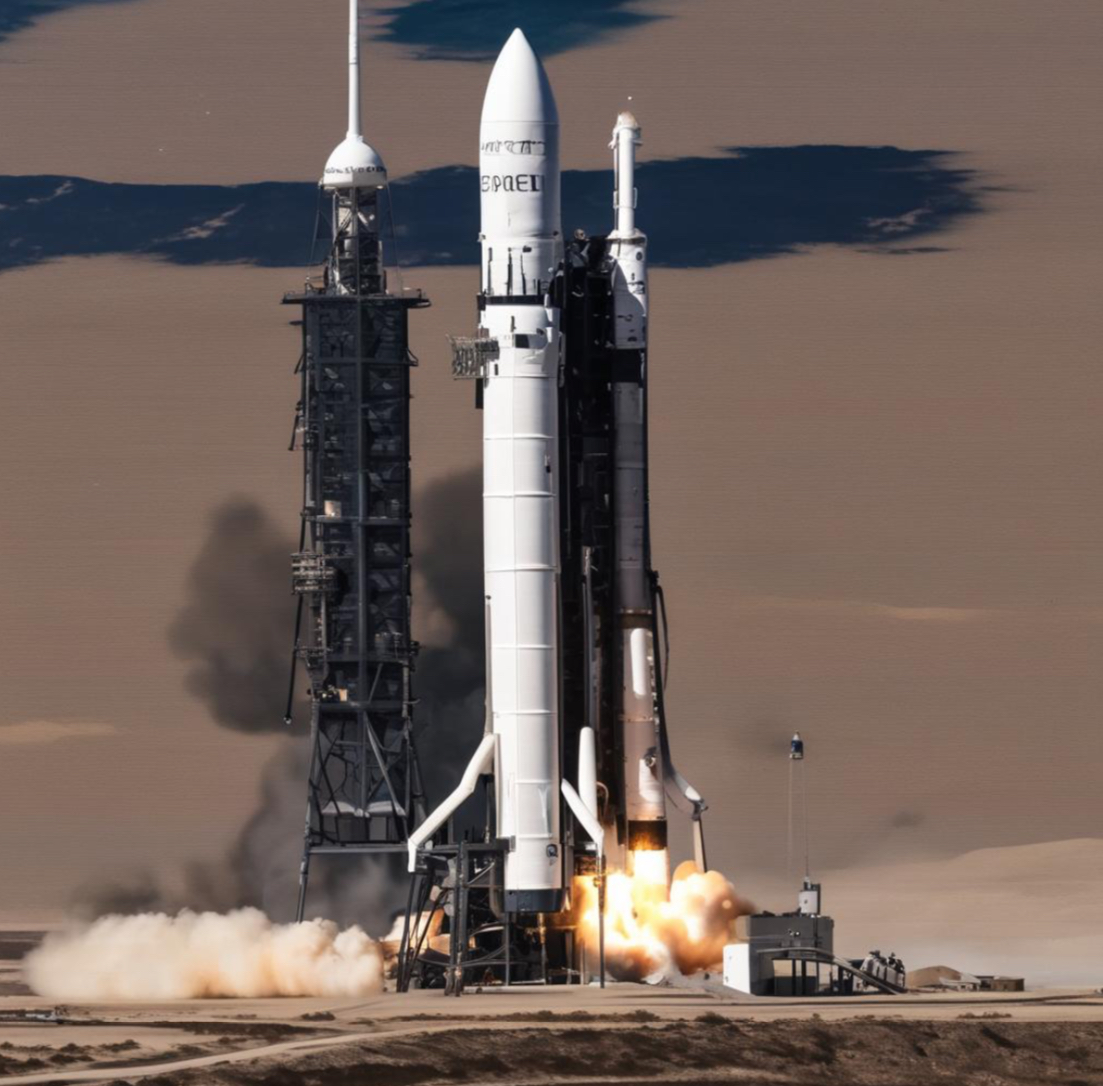For decades, space travel has been a privilege reserved for governments with massive budgets and highly specialized astronauts. But with Starship, Elon Musk and SpaceX are shattering these limitations, redefining what’s possible in space exploration. Designed as the world’s first fully reusable spacecraft, Starship is not only pushing technological boundaries but also making interplanetary travel a tangible reality. From lunar missions to the dream of colonizing Mars, Starship represents a revolution in spaceflight, breaking barriers that have held humanity back for generations.
The Ambitious Vision Behind Starship
Elon Musk has long stated that his ultimate goal is to make life multi-planetary. He believes that for humanity to survive in the long run, we must establish settlements beyond Earth. Whether due to environmental challenges, natural disasters, or resource depletion, Musk sees the colonization of Mars as a crucial step in ensuring the survival of our species.
To achieve this, SpaceX developed Starship: a spacecraft that is not only capable of carrying 100+ people but is also entirely reusable, drastically reducing the cost of space travel. Unlike NASA’s Apollo program, which cost billions for single-use missions, Starship is designed to land, refuel, and launch again—much like an airplane. This lowers launch costs significantly, making routine space travel more viable than ever before.
Breaking Technological Barriers
1. The Power of Reusability
Traditional rockets, like the Saturn V that took humans to the Moon, were disposable—each launch required an entirely new rocket. In contrast, Starship’s full reusability is a game-changer. SpaceX has already proven with Falcon 9 that reusable rockets can work, and Starship takes this to the next level by reusing both the booster and the spacecraft itself.
2. Raptor Engines: Pioneering a New Fuel Source
One of the biggest innovations in Starship is its Raptor engines, which run on liquid methane and oxygen. Unlike traditional fuels, methane can potentially be produced on Mars, allowing Starship to refuel and return to Earth rather than being a one-way trip. This breakthrough is key to making sustainable Mars colonization possible.
3. Heat Shield and Atmospheric Reentry
Reentering Earth’s atmosphere is one of the most dangerous parts of spaceflight. Starship uses a heat-resistant stainless steel body and an advanced heat shield made of hexagonal ceramic tiles, designed to withstand extreme temperatures during reentry. This allows Starship to land safely and be reused multiple times.
4. Largest and Most Powerful Rocket Ever Built
At 120 meters tall, Starship is the largest spacecraft ever constructed. When paired with its Super Heavy booster, it produces more thrust than NASA’s Saturn V, making it the most powerful rocket in history. This immense power enables Starship to carry heavy payloads, including equipment, satellites, and even entire habitats for space colonies.
Economic and Logistical Breakthroughs
Starship isn’t just breaking technological barriers—it’s also transforming the economics of space travel. Traditionally, sending cargo or people to space has been incredibly expensive, often costing tens or hundreds of millions per launch. However, Starship’s full reusability is projected to reduce costs to just a few million dollars per flight.
This drastic cost reduction could lead to:
• Affordable Space Tourism – With cheaper launches, private citizens could one day experience space travel.
• Moon and Mars Colonization – SpaceX is already working with NASA to use Starship for the Artemis program, which aims to return humans to the Moon.
• Space-Based Industries – Lower launch costs could make orbital manufacturing, space mining, and zero-gravity research more financially viable.
Challenges on the Road to Space Exploration
Despite Starship’s immense potential, there are still many obstacles to overcome before Musk’s vision becomes reality.
1. Testing and Development
Early Starship prototypes have seen explosive failures, but SpaceX follows a rapid iteration approach—learning from failures and improving with each test. Recent launches have shown significant progress, with successful high-altitude flights and landings.
2. Orbital Refueling: The Key to Mars
For Starship to reach Mars, it must be refueled in orbit. SpaceX is developing techniques to transfer fuel between Starships in space, a complex process that has never been done before.
3. Regulatory and Environmental Challenges
SpaceX must navigate FAA regulations, international space treaties, and environmental concerns before launching Starship regularly. Additionally, the company is working to address concerns from communities near launch sites.
A New Era of Space Exploration
Starship is not just another rocket—it is a revolution in space travel. By breaking barriers in technology, cost, and sustainability, it is opening the door to a future where humans live and work beyond Earth.
Whether it’s returning to the Moon, establishing a colony on Mars, or making spaceflight affordable and routine, Starship represents a bold leap forward for humanity. While challenges remain, Elon Musk and SpaceX have already proven their ability to push boundaries—and if they succeed, we may soon witness a new golden age of space exploration.
